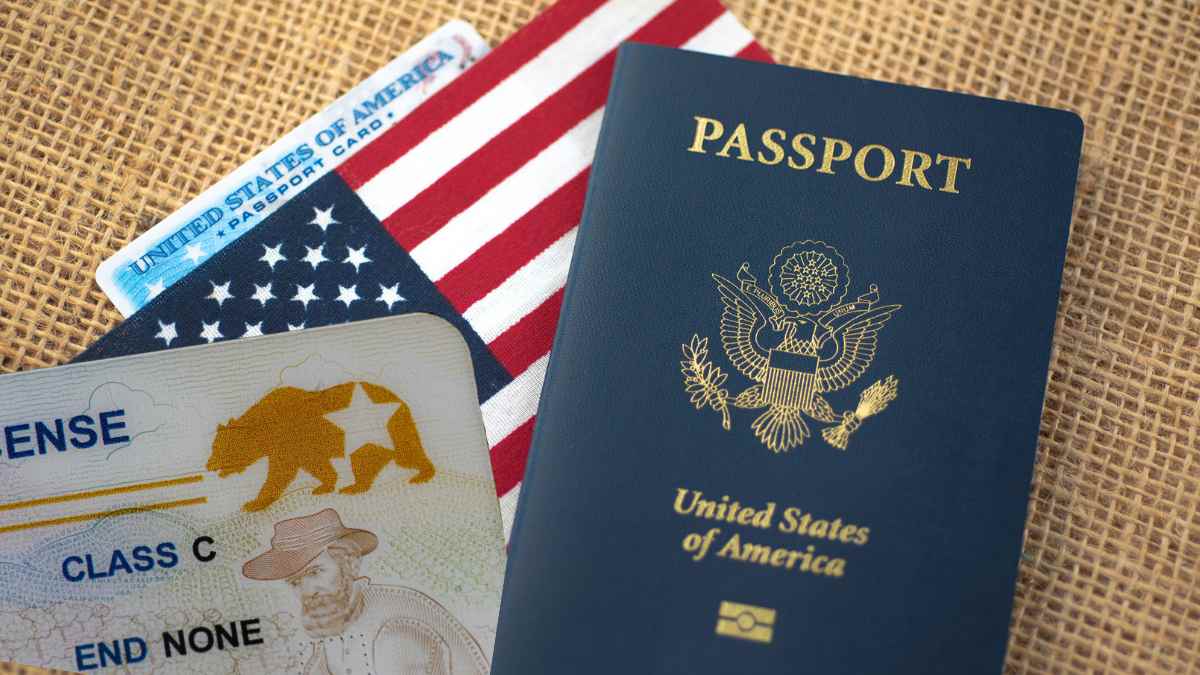With the deadline for implementation of the Real ID Act fast approaching, millions of Americans are still wondering what will happen if they don’t make the change in time. Beginning May 7, 2025, the federal government will require all travelers boarding domestic flights and those wishing to enter certain federal buildings to present a Real ID-compliant driver’s license or identification card.
Real ID, enacted in 2005 to strengthen security following the 9/11 Commission’s recommendations, establishes minimum security requirements for the issuance of driver’s licenses and state identification documents. For years, the effective date was postponed several times due to delays caused by the COVID-19 pandemic. However, all indications are that this time the final deadline will be next May.
What happens if May 7th arrives and I do not have my Real ID?
The short answer is: there will be no direct fines or penalties if you continue to use your traditional document. But you will encounter very specific restrictions on activities such as boarding domestic flights, entering military bases, or accessing certain federal buildings that require verification under the Real ID regulations.
What are the Alternatives? A current U.S. passport (book or card) will still be valid for the same purposes, as it already complies with Real ID provisions. In fact, the Department of Homeland Security (DHS) emphasizes that presenting a passport is sufficient for flying within the country or accessing federal facilities, even after the deadline.
For all other uses – such as driving, voting or banking – traditional driver’s licenses and state IDs will remain valid. However, if you intend to travel by air within the U.S. or visit federal facilities that operate with ID restrictions, make sure you have a Real ID-compatible document or passport before May 7.
How to obtain Real ID and how much it costs
The process for obtaining Real ID varies by state, as each Department of Motor Vehicles (DMV) administers the requirements. However, the general rule dictates that you will need to present documents that verify:
- Identity and date of birth: U.S. passport or birth certificate.
- Social Security Number (SSN): Original Social Security card, W-2 or pay stub with completed SSN.
- Proof of residency: Utility bill or lease with your current address.
- Legal status in the U.S.: In the case of non-citizens, document showing valid permanent or temporary residency.
Although Real ID as such does not have an additional cost in most states, remember that regular transaction fees charged by the DMV apply. In addition, some places offer the Enhanced ID, which costs approximately $30 extra in certain states (such as New York) and also allows you to cross land or sea borders with Canada, Mexico and some Caribbean islands without a passport (although it does not qualify for international flights).
Differences between standard, Real ID and Enhanced ID licenses
- Standard license: Valid for driving, voting and banking. Starting in May, it will bear the legend “Not for Federal Purposes” or similar, indicating that it is not valid for domestic flights or for entering restricted federal facilities.
- Real ID: Complies with the federal standard and is generally distinguished by a star in the upper right corner (in some states the symbol varies, such as the golden bear in California). Qualifies for domestic flights and access to certain federal buildings.
- Enhanced ID (EDL): In addition to allowing domestic flights, it enables crossing by land and sea to neighboring countries without a passport. It is available only in a few states – including New York, Washington, Michigan, Minnesota and Vermont – and is identified by a U.S. flag or the word “Enhanced.”
What if I have an AB 60 or non-compliant ID card?
States such as California issue AB 60 licenses for those who cannot demonstrate lawful presence in the country. These documents do not meet Real ID requirements, so they will not be valid for domestic flights or entry into certain federal facilities beginning May 2025. However, if this is your case, and you do not plan to travel by air or access restricted buildings, you will still be able to use it for in-state driving and other purposes allowed by local law.
Do minors need Real ID to fly?
According to the Transportation Security Administration (TSA), minors under the age of 18 are not required to present identification when traveling within the United States if accompanied by an adult with a valid credential. Therefore, the Real ID regulation does not directly affect minors on domestic flights.
Is there a national database?
Although some citizens fear that the Real ID Act is a step toward creating a “national ID,” DHS clarifies that there is no such centralized federal database. Each state maintains its own records and controls its license information.
If you want to see more interesting and trendy articles, just go to the latest news section available in this newspaper.
